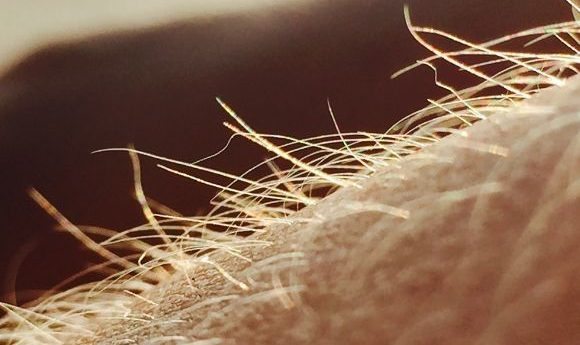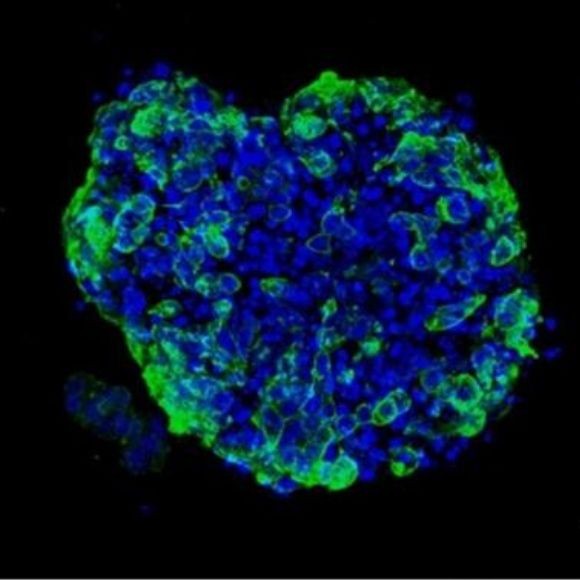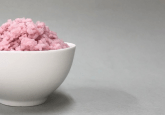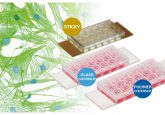A shave new world: hairy skin organoids become a reality

New research has demonstrated it is possible to grow human skin organoids embedded with fat and nerve cells that possess the ability to grow hair follicles.
A new culture technique developed as part of research led by Karl Koehler (Boston Children’s Hospital, MA, USA) has resulted in the creation of the most accurate skin organoid model to date. The findings – published in Nature – have implications for wound and burn treatments, as well as potential applications in cosmetics and pharmaceutical testing.
While skin cultures are not a new concept, previous models have lacked vital characteristics necessary for the accurate modeling of normal skin conditions – such as fat and nerve cells, hair follicles and sweat glands.
Previously, in 2018, the team demonstrated that pluripotent stem cells from mice could be utilized to generate skin organoids capable of hair follicle induction.
In this work, the same principles were applied to human induced pluripotent stem cells. A cocktail of growth factors and small molecules were applied to induce the differentiation of the cells.
The first milestone of growth observed was the co-development of the epidermis and dermis, followed by the budding of hair follicles at approximately day 70.
 Organoid breakthrough could revolutionize cancer research
Organoid breakthrough could revolutionize cancer research
A landmark epigenetic study has validated the use of organoids in cancer research. The breakthrough could have implications for the development of future cancer treatments.
The organoids developed fat and muscle cells; a potentially crucial step highlighted by the study’s first author Jiyoon Lee. “The fat is an unsung hero of the skin and recent studies suggest it plays a critical role in wound healing,” explained Lee.
Sensory neurons and Schwann cells were also produced, with these nerve cells targeting Merkel cells, mimicking the human touch response.
The team then wanted to see if the organoids could be transplanted onto a live host. To get to the root of this problem they cultured organoids for over 4 months and grafted them onto nude murine models.
When the transplanted skin was compared to human skin samples, several features unique to human skin were observed, including the development of elaborate sebum glands and rete ridges, which are responsible for the anchoring of the epidermis into skin membranes.
Not wanting to split hairs, Koehler warned that we shouldn’t view this development as a potential cure for baldness, he explained: “Immune rejection is a major hurdle and generating follicles tailored to an individual will be incredibly costly and take a year or more.”
This study serves as a proof of concept and it is too early to make ‘bald’ claims; however, the authors hope the technology could be used in the future to create cultured skin capable of seeding wound beds for the treatment of extensive burns and scarring.





